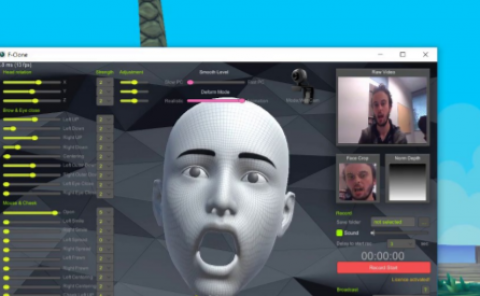Effects of Synchronized Leg Motion in Walk-in-Place Utilizing Deep Neural Networks for Enhanced Body Ownership and Sense of Presence in VR
PubDate: November 2020
Teams: Korea Institute of Science and Technology;Korea University; Pusan National University
Writers: Juyoung Lee;Myungho Lee;Gerard-jounghyun Kim;Jae-In Hwang

Abstract
We investigate the effects of different ways of visualizing the virtual gait of the avatar in the context of Walk-in-Place (WIP) based navigation in a virtual environment (VE). In Study 1, participants navigated through a VE using the WIP method while inhabiting an avatar. We varied the visualization of the avatar’s leg motion while performing the WIP gesture: (1) Fixed Body: the legs stood still; (2) Pre-recorded Animation: the legs moved in a fixed predetermined pace (plausible but not in accordance to that of the user in general); (3) Synchronized Motion the legs moved according (synchronized) to those of the user. Our results indicated that the sense of presence and body ownership improved significantly when the leg motion was rendered synchronized to that of the user (Synchronized Motion). In addition, we developed a deep neural network (DNN) that predicted the users’ leg postures only with the head position tracking, eliminating the need for any external sensors. We carried out Study 2, to assess the effects of different gait visualizations, under two new factors: (1) virtual gait seen directly by the user looking down, or already visible by one’s shadow (i.e., no need to look down); and (2) playing a pre-recorded animation, or pre-recorded animation whose playback speed was adjusted to match with pace of the users’ actual leg motions as predicted by the DNN. The results of Study 2 showed that the virtual gait temporally synchronized with that of the user greatly improved the sense of body ownership, whether it was witnessed directly or indirectly with the shadow. However, the effect of virtual gait on presence was less marked when indirectly observed. We discuss our findings and the implications for representing the avatar locomotion in immersive virtual environments.

